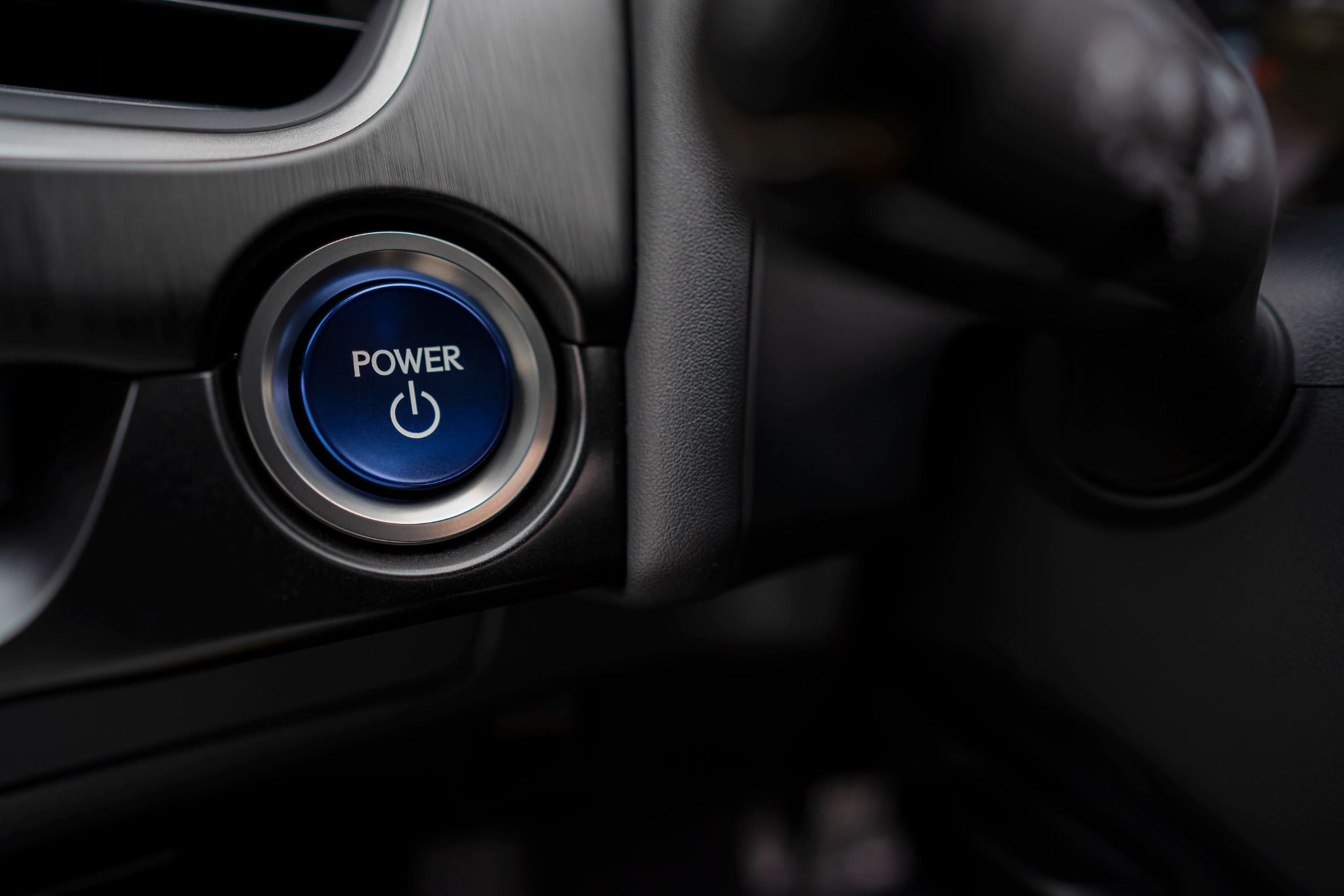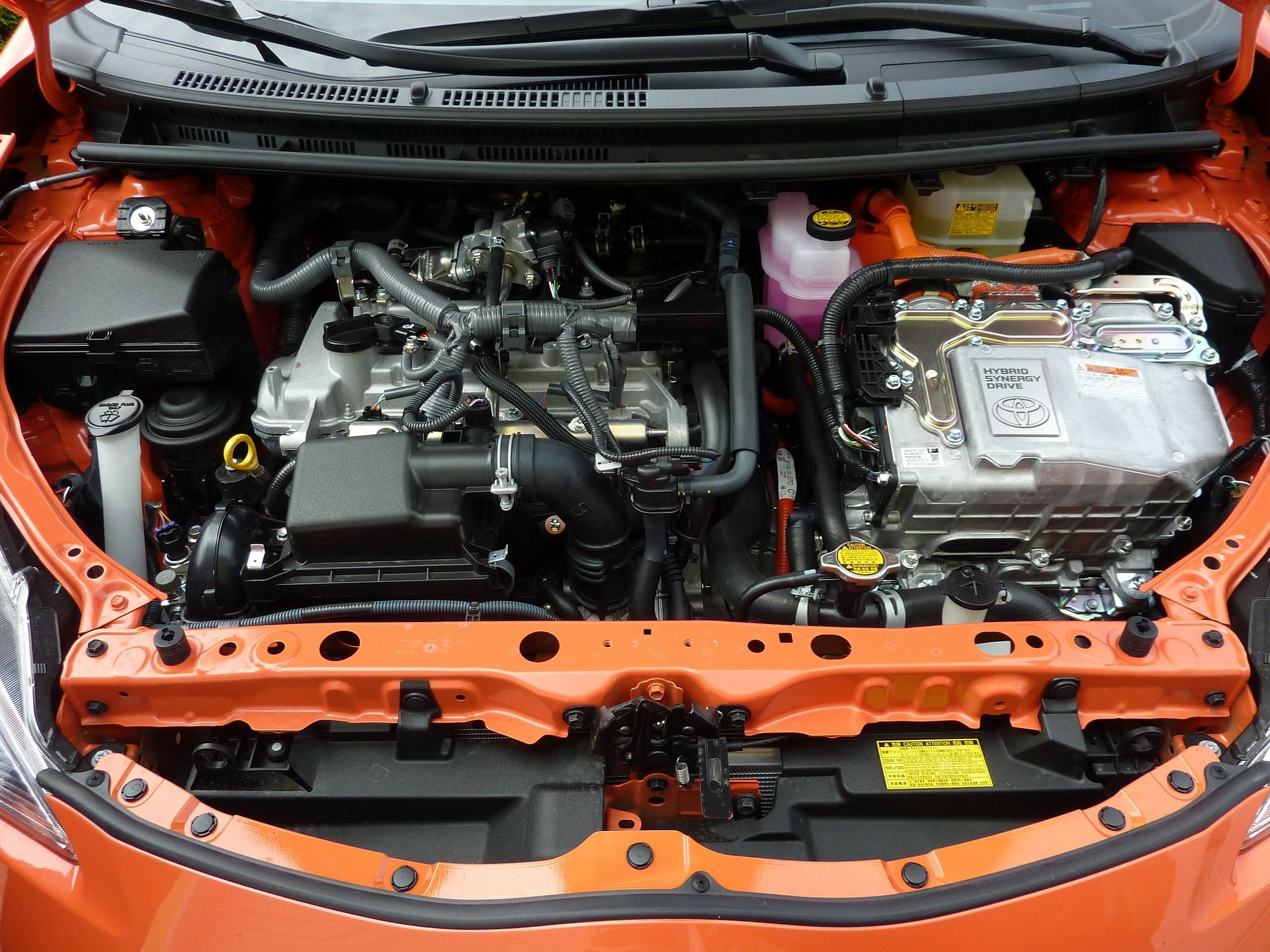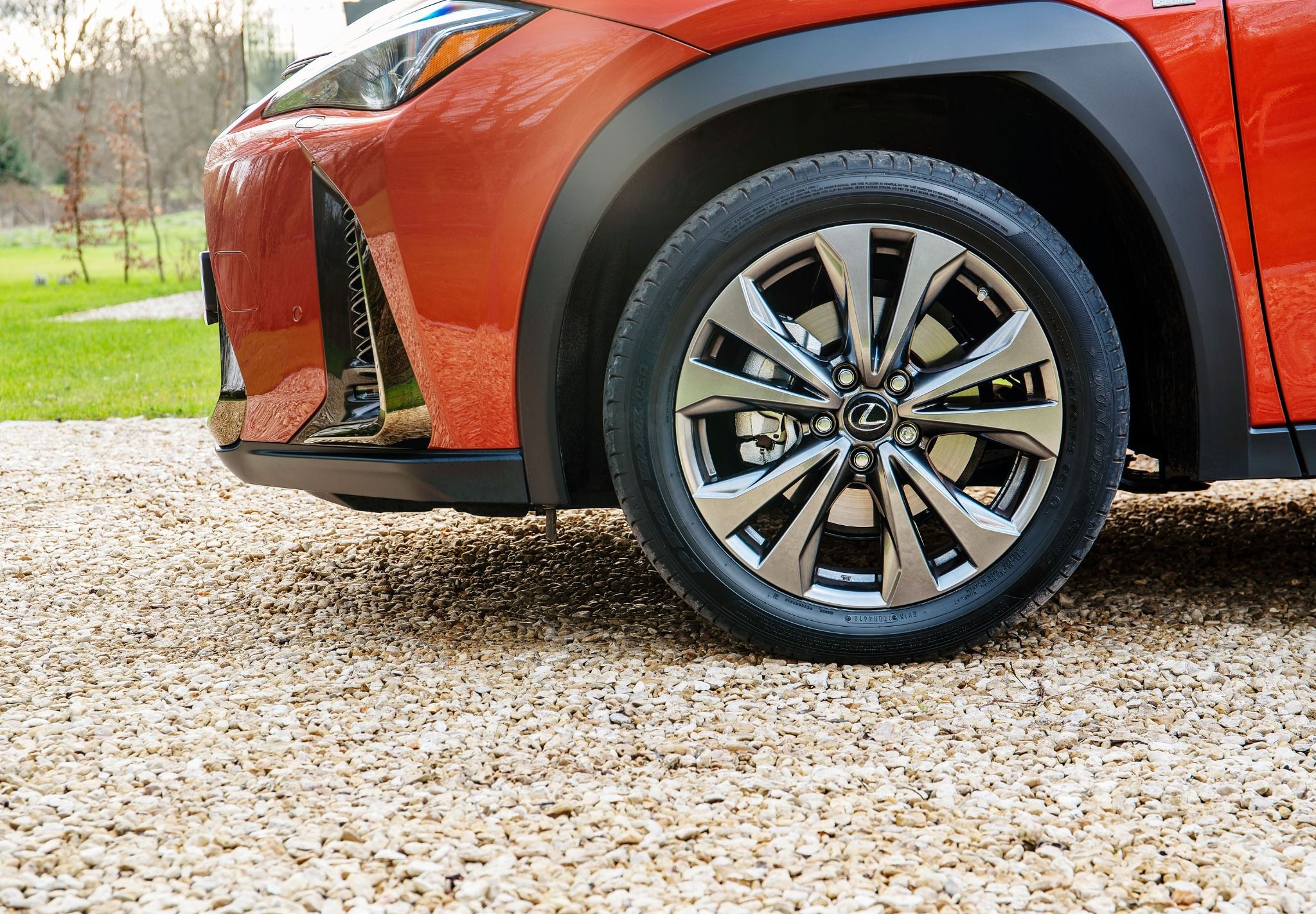Is your car ready for the school run?
Schools have reopened in England this week, which means that thousands of people will be taking the road once more in order to drive their children to their place of education. After several months of lockdown, there’s a good chance that this will represent the most activity that many cars have experienced in a long time.
It’s a good time, therefore, to give your car a quick check over to make sure that everything is ship-shape. Fortunately, Lexus has given us some of the key areas to look at.

Quick Car Checks
A quick look over
Giving your car a good visual check-over is a great place to start. Keep an eye out for any knocks or dents that could’ve happened while your car has been parked up and, if you spot something, make sure that it doesn’t affect the mechanical operation of your car.
Check the fluids
Even though it’s unlikely for them to have changed while a car has been standing still, it’s a good idea to check the fluid levels to make sure everything is as it should be. Check the coolant, oil and windscreen washer levels to ensure that they match the manufacturer’s recommendations.
If required, these can be topped up at home. However, if you don’t feel confident in doing this then ask a trained professional.
Try the engine
A car’s battery can quickly drain of charge if the vehicle isn’t used regularly and this can cause issues when it comes to starting the car. However, when you do start the car, allow it to run for a little while, remembering to stay with the vehicle at all times.
Lexus recommends at least 20 minutes of run time to restore the charge lost when starting the car. However, if your car struggles to get going then it’s probably worth replacing the battery. Again, this can be done at home, though many retailers offer the option of having it fitted.
Try the brakes
Cars that haven’t moved for a long time can often suffer from a build-up of corrosion on their brakes. This is more noticeable on cars that have been left parked up outside or those that are near seaside areas where there’s more salt in the air.
However, it’s an easy thing to fix. All you need to do is get going and then slowly and gradually apply the brakes while moving. This should remove all of that surface corrosion from the brakes and stop any squeaking, too.


Check tyre pressures
Stationary cars often suffer from flat tyres, so it’s important to check that your tyres are properly inflated if a vehicle has been sat for some time. You can find the manufacturer’s recommended pressures either in the car’s manual, behind the fuel filler cap or inside the door shuts. Top your tyres up to these levels and you’re good to go - and don’t forget to properly inflate your spare, if you have one.
Give the car a clean
It certainly can’t hurt to give your car a thorough clean. If it’s been stationary for a long time, then all manner of contaminants can build up, with things like tree sap and bird droppings quickly eating into paint if left for too long.
Don’t forget the interior, either. Use bleach-free antibacterial wipes on all of the major touchpoints to ensure that any lingering germs are removed, too.